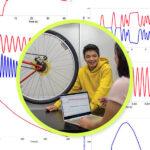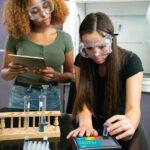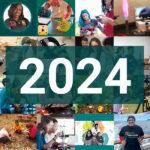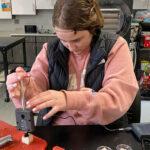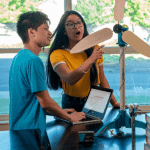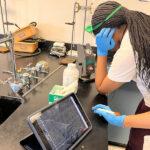
Sharing ideas and inspiration for engagement, inclusion, and excellence in STEM
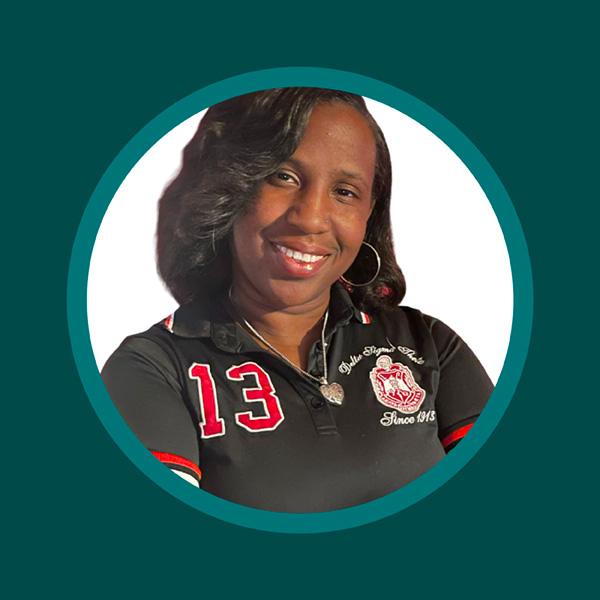
Vernier Science Education is proud to spotlight one of our new Trendsetters, Cecelia Gillam! The Vernier Trendsetters Community offers educators a forum to enhance their teaching skills through the use of Vernier technology and to engage in meaningful collaboration with like-minded leading STEM educators.
Cecelia is a high school environmental science teacher at Hahnville High School in Boutte, Louisiana with more than 17 years of teaching experience in K–12 science classes. She has recently completed her Doctorate in Education at Southeastern Louisiana University focusing on underrepresented groups in STEM. Outside of the classroom, you can find her sharing educator stories on her podcast “Surviving Crazy,” spending time with her children, and working with various organizations such as The Black Teacher Project and Beyond 100K to increase equity in STEM.
You recently completed your EdD focusing on underrepresentation in STEM education. Can you share a little bit more about what you learned in your research?
Essentially, my research found that there are still some unnecessary barriers in place that are prohibiting underrepresented groups from entering into STEM. For example, higher level or AP science courses are often restricted to students who earn certain scores on standardized tests or certain grade point averages. We know that tests, especially standardized assessments, don’t always give the full picture of how well a student will do in a class. There isn’t necessarily a correlation between performing well on tests and the value a student might get out of enrolling in a more challenging course, so it’s a big missed opportunity to reach students.
And then another big factor in my research is that educator representation isn’t very high in those upper level courses. So even if somebody from an underrepresented group was able to enroll, they may feel discouraged from engaging or succeeding, thinking along the lines of “Oh, well girls can’t do this” or similar sentiments. There haven’t been very many women teachers or teachers of color leading higher level STEM courses, for a range of reasons, including social and cultural stereotypes that can perpetuate a cycle of exclusion.
What do you see as some of the solutions to help address these kinds of gaps and what are the opportunities for advocacy in the future?
In terms of solutions, I think comprehensive policy changes are essential. But it’s definitely going to take a lot of conversations and more strategic thinking around this topic. Most kids, when you ask them about STEM, they’ll assume it’s limited to fields like engineering. But STEM is so much more than that. It’s being a nurse, a doctor, or a zookeeper. There are so many careers that students don’t realize are STEM. Advocating for policies that support after school STEM programs, as well creating more opportunities for professionals from STEM industries to share their career pathways in schools will help students understand their options and see different kinds of people in a range of STEM roles. Connecting what kids are learning, especially at a young age, to outcomes in the real world is huge.
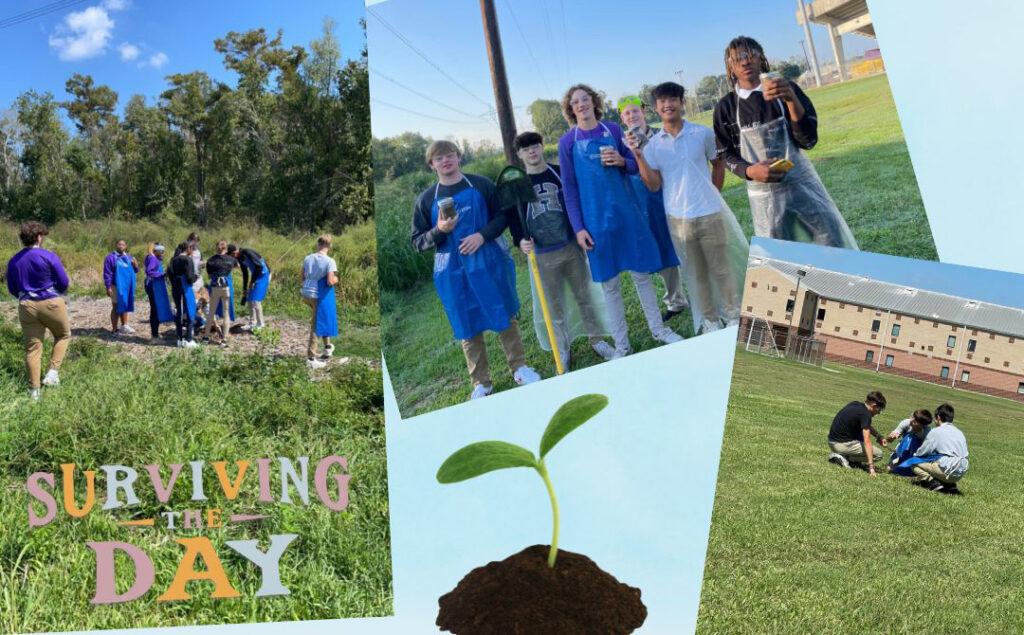
There are also opportunities for exploring how we can be more intentional about incorporating STEM and science learning in educational spaces, whether that’s dedicated STEM days, evening programs, or even science fairs. In my state of Louisiana, I’m seeing programs like science fairs dying—districts aren’t always supportive of teachers implementing them and kids aren’t encouraged to participate in them. It makes me want to interrogate why these priorities have changed.
“Students struggle to develop a love for science when they don’t feel connected to it. That’s why engaging students in hands-on labs is so important, and teachers need to feel supported in bringing those activities to class.”
If kids are just watching demos and simulations and clicking buttons on a computer without anchoring it in something tangible, then they aren’t feeling connected to the ideas. If we want to foster the next generation of citizens who are going to remain globally competitive, we need to be looking into more ways to support STEM.
You’ve shared that hands-on learning is an important part of engaging students of all levels and backgrounds in exploring science and real-world STEM applications. How do you work to incorporate hands-on science education in your classroom with your students?
Creating a learning environment where students have to think critically is a big part of it. A lot of my students have gotten used to what I call “cookbook science,” where we all do the same experiment together and get the same results. And I am working to untrain students from thinking that science is always cut and dry like that. In the real world, science doesn’t always work perfectly the first time. I like to tell my students “mistakes are where the successes come from.” And so teaching that we learn through our failures, repeating experiments with experience, that’s how you get closer to understanding the nature of an investigation.
In class, we’ll all be exploring the same questions, but the students are really planning out their own investigations. Sometimes they’ll come up to me and ask, “Ms. Gillam, what do you think?” And I have to respond, “It’s not about what I think, because this is your experiment. What do you think about what’s going on?” You get to see their faces go through this productive struggle and you encourage them to keep asking questions, share with their peers, try the next thing, and work to explore and understand.
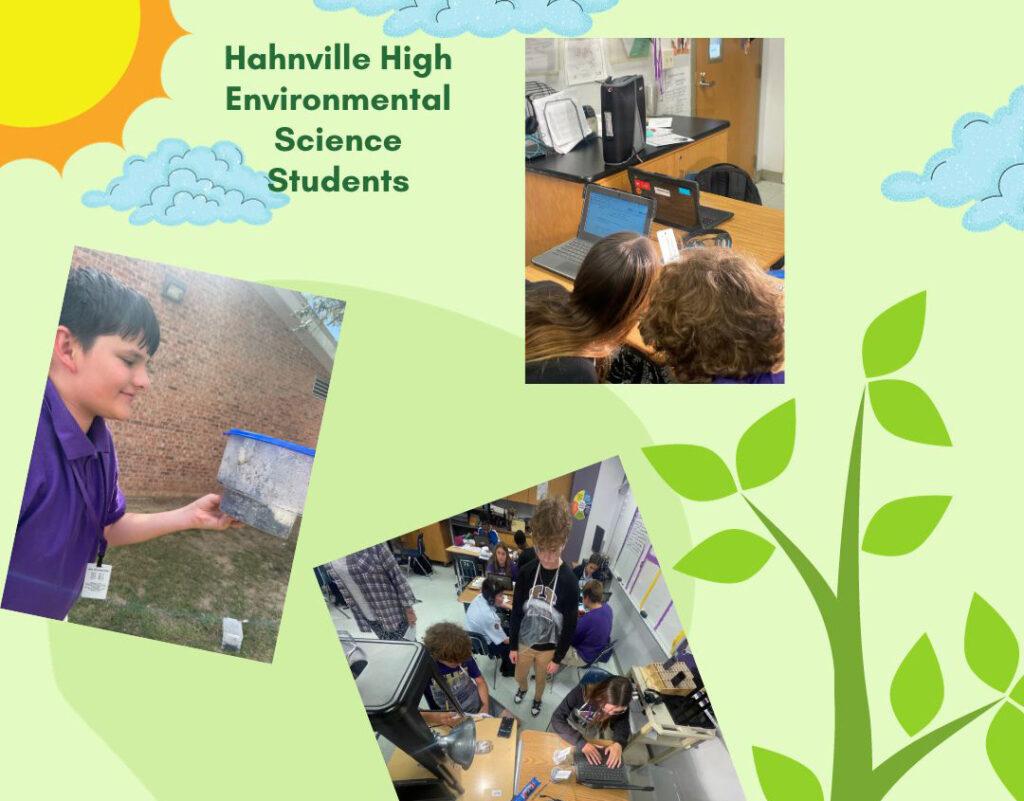
And as a teacher, hands-on learning also means getting comfortable with organized chaos. When we do labs, it’s not perfect. Things are messy. Not everyone is quiet. Students are doing their thing, and you have to understand that’s a part of the process. I think a lot of newer teachers get anxious and might think, oh, everybody needs to be at this station at the same time doing the same thing. But that’s not the real world. That’s not how we operate in real labs. So why do we want them to operate like that in science class? I’m not afraid to go outside of the box, and that’s what I try to teach my students—dare to be different! I really like to go out of my way to make my students feel like real scientists. I even wrote a grant so that they could wear lab coats and goggles when conducting their scientific investigations! They took selfies and posted them and really got to imagine themselves in the role of scientist for a day.
Can you share a little bit about how you use Vernier technology in the classroom and how that helps you in these kinds of hands-on investigations?
In my classes, we primarily use Go Direct® Dissolved Oxygen Probes and Go Direct Temperature Probes. And I actually like to let my students compare the newer and the more old-fashioned probes. I like to tell them, technology is technology, but if it fails, you always want to have a backup system. It also is an opportunity to show them, this is how we did it in my day, and this is how advancements have built on that, with data collection and digitally generated graphs and charts. And so it just gives them the opportunity to have these checks and balances.
For example, recently we were using probes to explore the albedo effect, and we were trying to see how different surfaces reflect or absorb heat from the sun. We had soil, sugar to represent snow, water, and a wood surface, and my ninth graders were trying to make predictions, try things out, and then explain what was happening. They may have been taught at some point that light things reflect heat and dark things absorb it, but they don’t really fully understand until they see the temperature data being collected in real time. I had actually tried another experiment with cups and construction paper, but it didn’t go so well because all the data looked the same. But when we did it with the probes and tried different materials, they were really able to make that connection and connect it to other ideas in the real world. It helped tie into a conversation about what’s happening with the melting of ice sheets and rising sea levels and the urgency about addressing these environmental trends.
“And also whenever you bring out a fancy tool, of course it makes students feel even more official—like this is how it would look if they decided to go work in a real industry lab. The kids love it because it makes them feel like they’re doing real science.”
What are you looking forward to as a member of the Vernier Trendsetters Community?
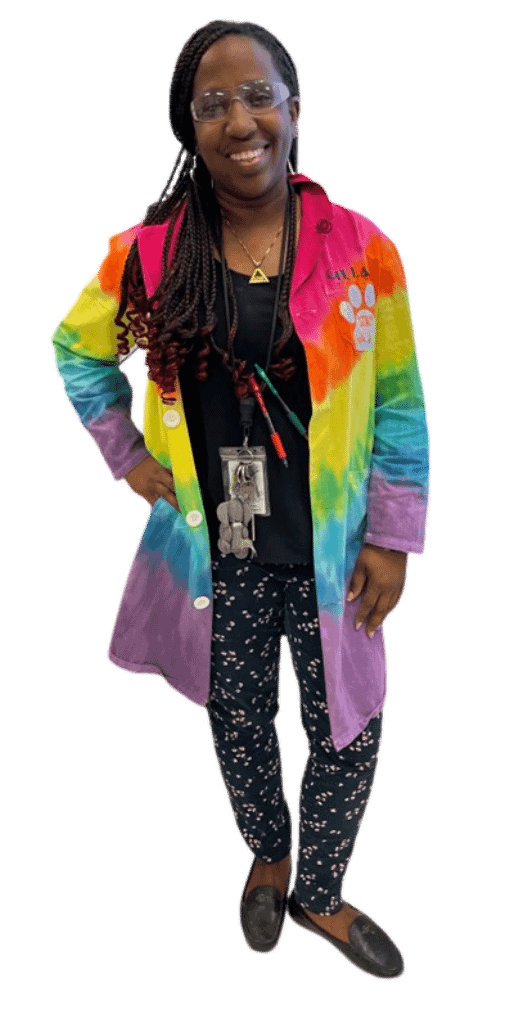
I am excited about becoming a part of a network of like minded educators who are committed to shaping STEM education. I am also excited about getting more opportunities to help other science teachers foster a love for STEM through hands-on education and learn new strategies from other educators that I can implement into my practice. I was always taught that iron sharpens iron so therefore you want to be around other people who will help you to sharpen your skills and become a better educator.
Learn more about the first cohort of Vernier Trendsetters and our goals with this new educator community! Questions? Reach out to us at support@vernier.com or call 888-837-643.
Share this Article

Sign up for our newsletter
Stay in the loop! Beyond Measure delivers monthly updates on the latest news, ideas, and STEM resources from Vernier.

